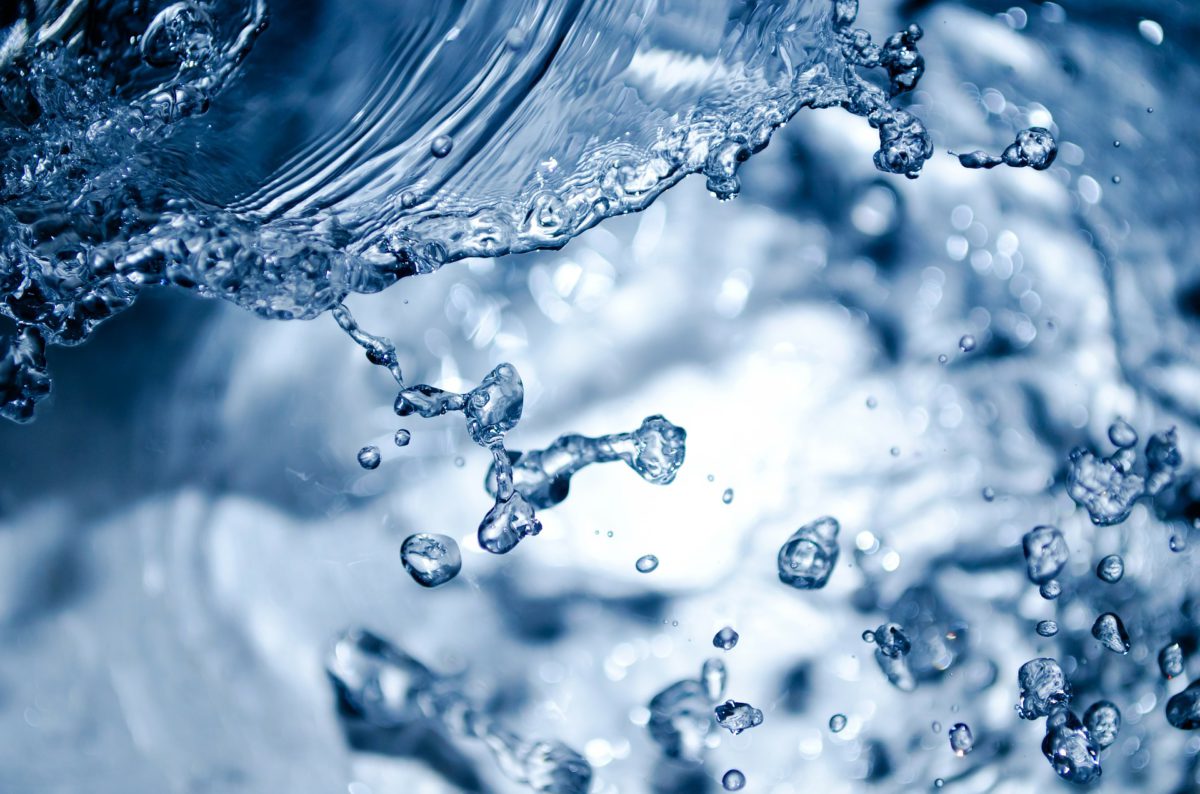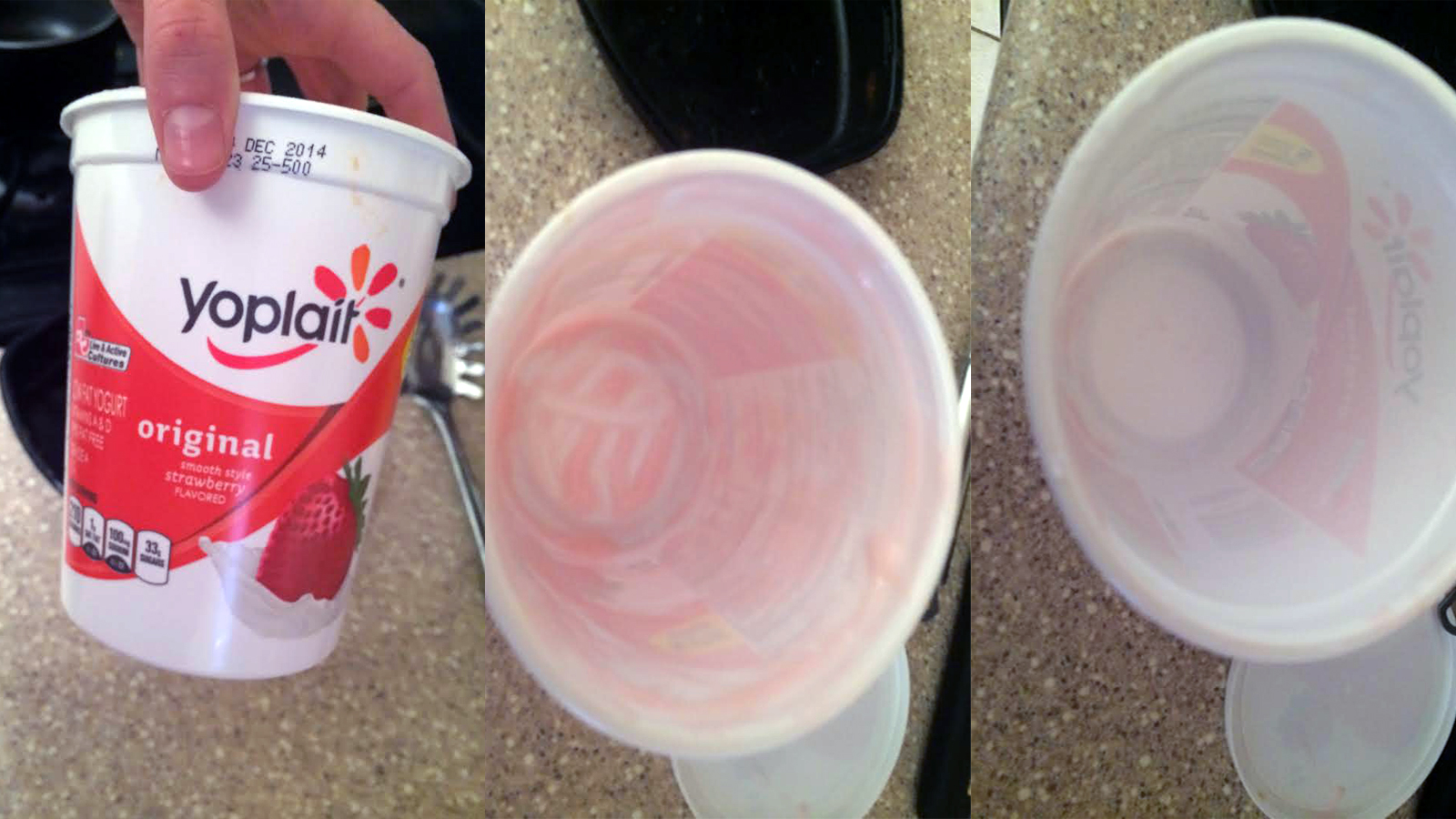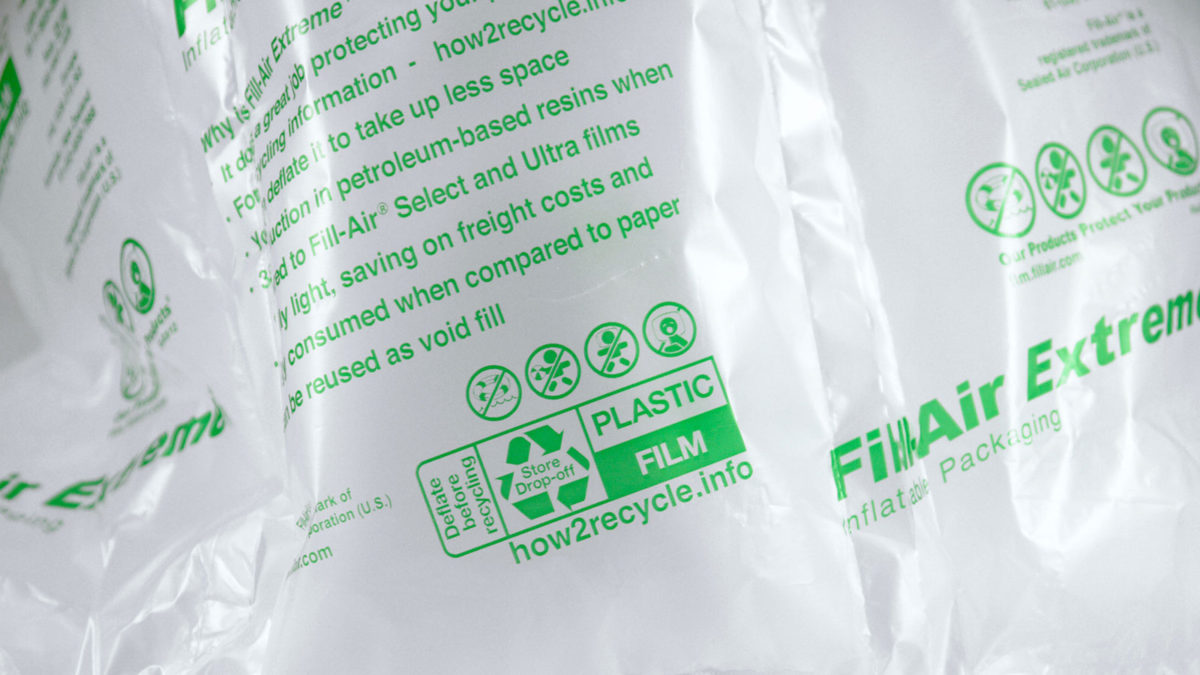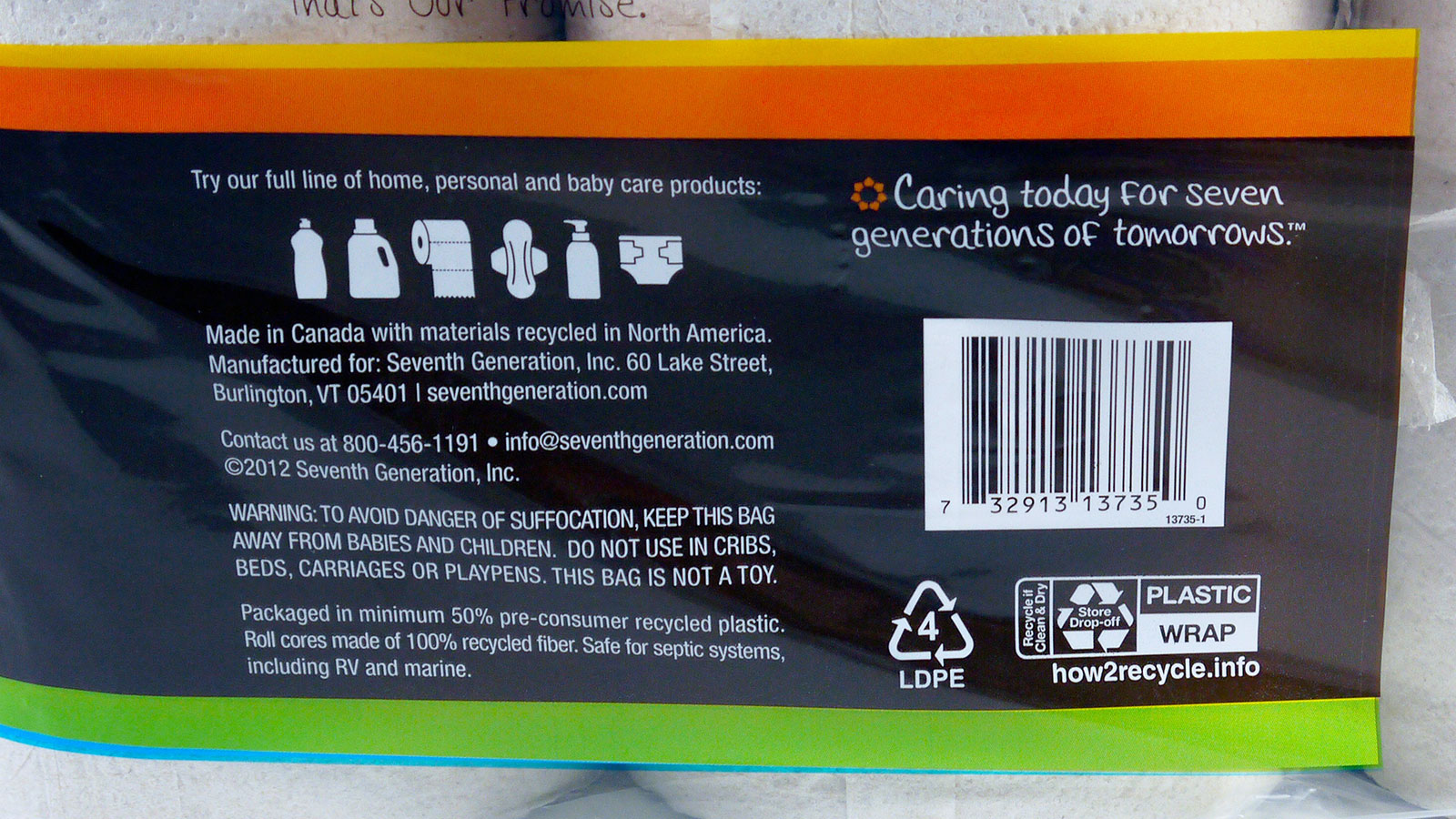This article originally appeared in the February 2016 issue of Resource Recycling
The How2Recycle Label Program is undertaking a new initiative in 2016: ReStart the Cycle. ReStart the Cycle’s aim is to increase recycling of valuable materials, helping How2Recycle achieve its goal of increasing the quantity and quality of recycled materials.
Increasing recycling of valuable materials supports our vision of the circular economy. ReStart the Cycle will build strong recycling economies, help materials recovery facilities (MRFs) receive the materials that support their economic viability and stability, and provide more recycled content that packaging manufacturers and brands crave.
Broadening packaging sustainability
First, a little background about the labeling program. The Sustainable Packaging Coalition’s How2Recycle Label is a standardized system that clearly communicates recycling instructions to the public. How2Recycle is a project of GreenBlue’s Sustainable Packaging Coalition, a membership-based group that brings together business, educational institutions and government agencies to collectively broaden the understanding of packaging sustainability and develop meaningful improvements for packaging solutions.
The program’s ReStart the Cycle effort intentionally uses the “valuable materials” language. Recycling both retains the environmental investment in packaging and is an economic activity. In choosing “valuable materials,” we hope to communicate that packaging is a resource as well as a transporter of product. We must think about recycling as an end-of-use strategy and a sourcing strategy.
So what are valuable materials? Our primary targets are high-value plastics, paper and metals. Examples include PET and HDPE bottles, PP containers, paperboard packaging, newspapers and magazines, and metal cans. There is a lot of room for growth in recycling these materials.
Tossed in the trash
At the Resource Recycling Conference in Indianapolis this past September, Scott Mouw and Rob Taylor of the North Carolina Department of Environmental Quality presented data from a selection of North Carolina communities. Their findings show just how much potential there is for increased diversion if residents can be informed more effectively.
The households from those North Carolina communities averaged 458 pounds of recyclables thrown in the trash per year. The same households averaged 392 pounds of materials recycled per year. Mouw and Taylor compared this to six communities across the U.S. The households in these six cities averaged 438 pounds of recyclables thrown in the trash per year, and 433 pounds of recyclables in the recycling stream per year.
Mouw and Taylor also broke their data down by commodity, showing opportunities for different materials. Similarly, Sustainable Packaging Coalition member Sego Jackson of Seattle Public Utilities suggested that we as an industry “help get the MRFs the materials they need.”
How2Recycle will do its part through ReStart the Cycle. The strategy relies on the following foundations:
- Promote the use of How2Recycle on high-value materials. This will continue to reinforce the message to the public that they should recycle these materials. How2Recycle also provides strategic special messaging, such as information telling consumers to keep caps on bottles.
- Create How2Recycle-specific marketing materials and recycling information for the public. The content will focus on both what should be recycled and why. Our new How2Recycle website, underway in the first quarter of 2016, will harness this content.
- Partner with other organizations to integrate efforts. How2Recycle is calling for partners and will be reaching out to other organizations working to increase recycling across the country. We welcome ideas and are looking for areas to create synergies between initiatives. There is a lot of great work happening in the recycling field that How2Recycle wants to harness, elevate and complement.
The How2Recycle team looks forward to launching the ReStart the Cycle campaign. If you are interested in partnering with us on this effort, please contact Danielle Peacock at danielle.peacock@greenblue.org
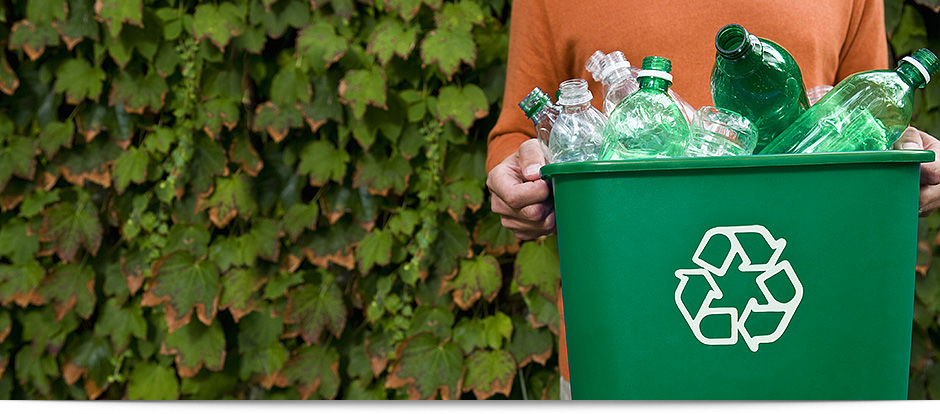
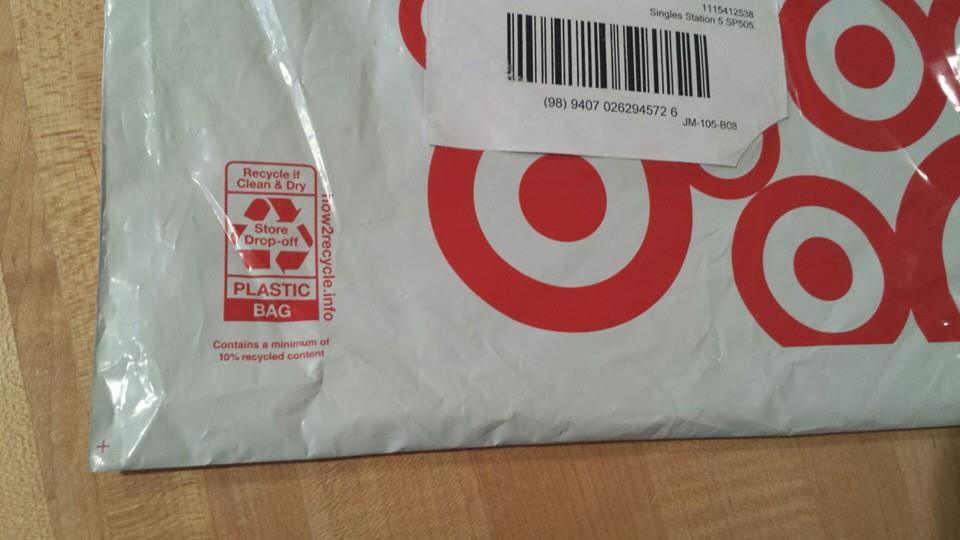

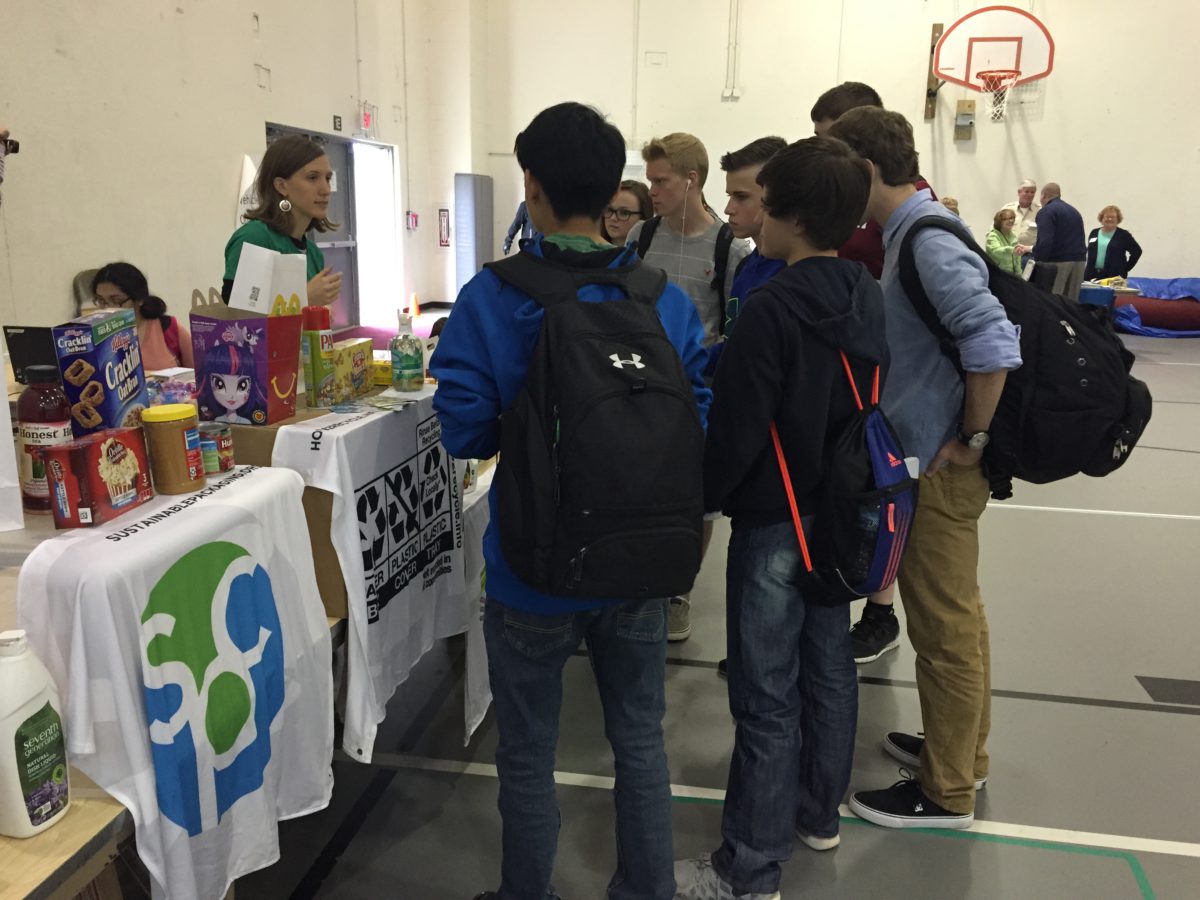
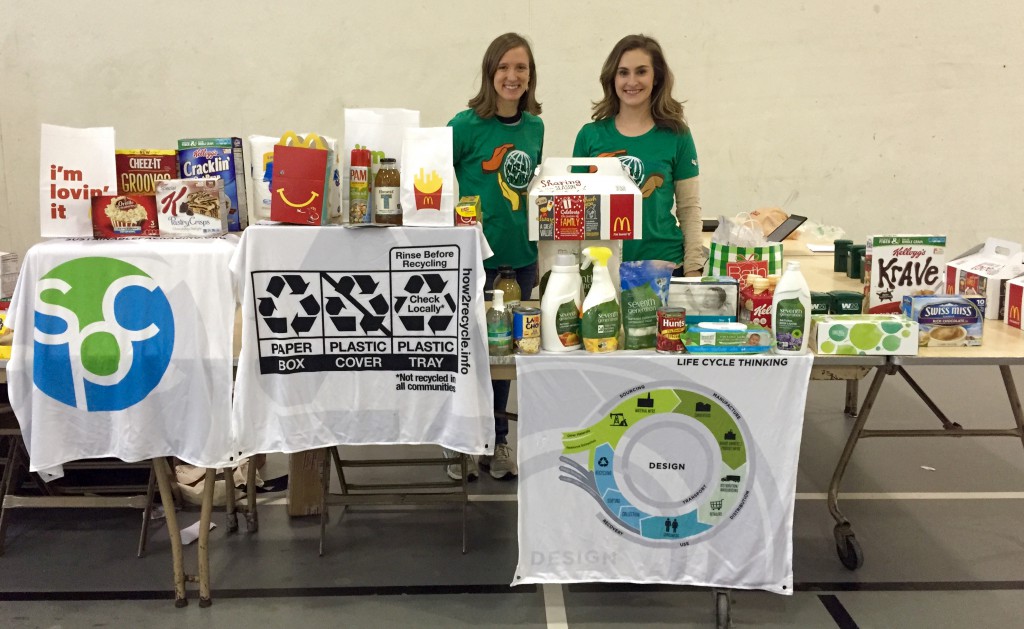
 Thanks also to HAVI Global Solutions for the priority placed on employees getting into communities and helping people. We have a popular annual tradition called the Week of Giving, which encourages employees to take time out of their work day in order to give back to our community. Through this program, we were able to participate in the Earth Day fair. These kind of activities help strengthen social capital, fostering the often-ignored social pillar of sustainability.
Thanks also to HAVI Global Solutions for the priority placed on employees getting into communities and helping people. We have a popular annual tradition called the Week of Giving, which encourages employees to take time out of their work day in order to give back to our community. Through this program, we were able to participate in the Earth Day fair. These kind of activities help strengthen social capital, fostering the often-ignored social pillar of sustainability.